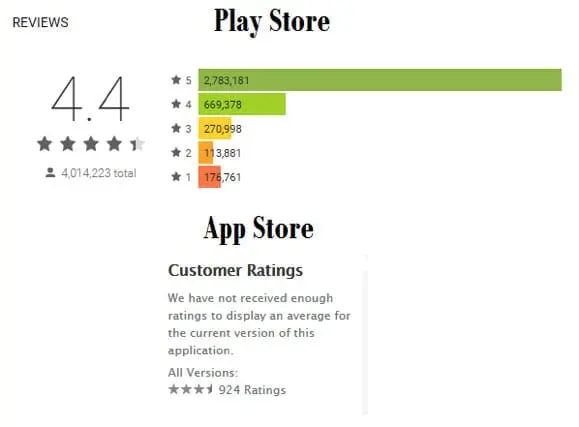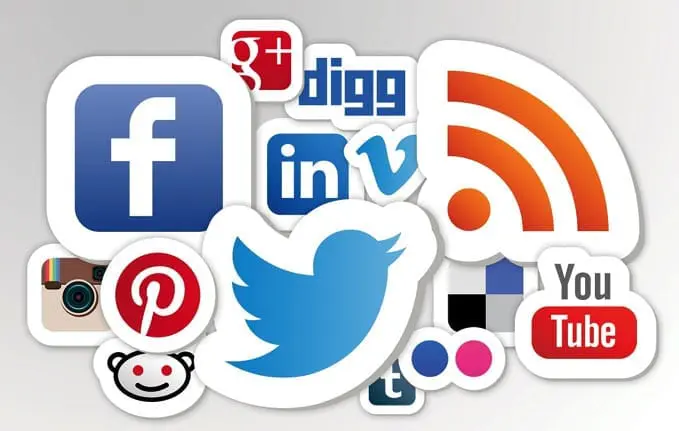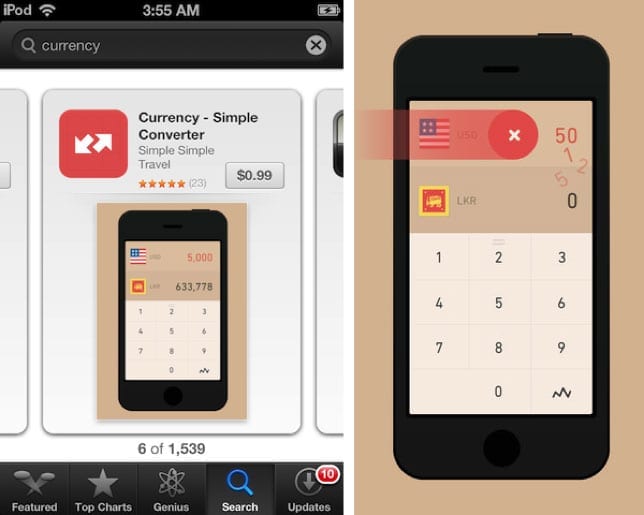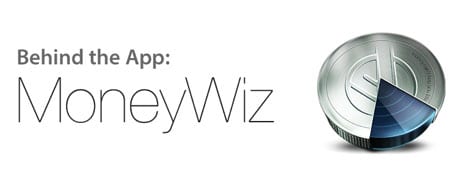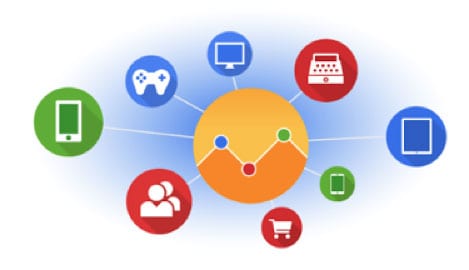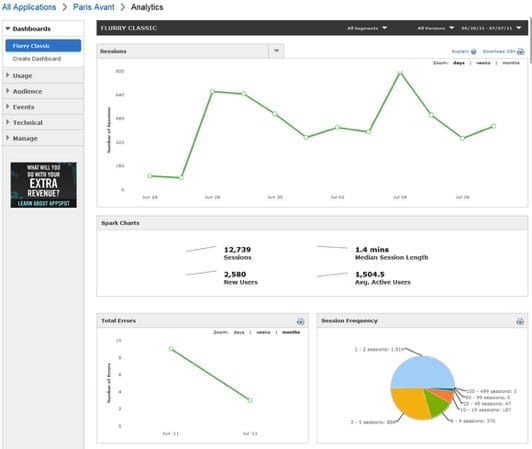How to Increase App Downloads – 10 Powerful Strategies for Mobile Apps
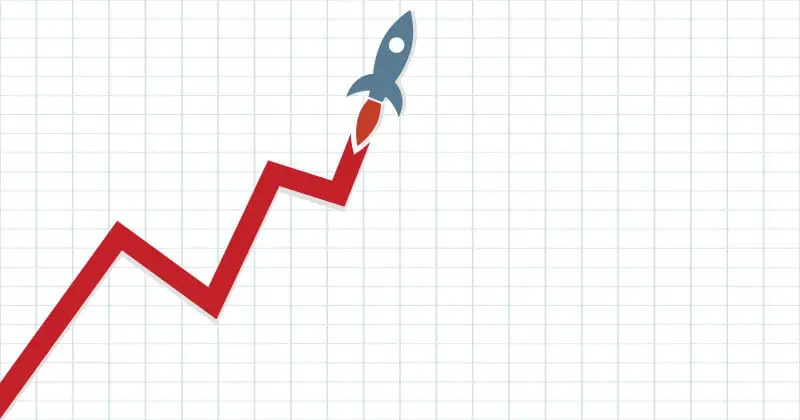
You’ve finally built your own app.
You love your design, your app icon, and it works flawlessly on every device you tested it on. The niche you found is unexplored and competition-free.
There’s only one problem (and it’s a big one):
No one is downloading your app.
If that’s the case, you’ve run into the same problem many developers encounter after they publish their apps. But don’t be discouraged – if you have an app you want the whole world to use, you can make it happen.
Create a Mobile App for FREE with BuildFire
Once you get downloads you’ll be able to make some real money.
All it takes is a little effort and the right know-how to bring your app to the attention of the masses. So, to learn the best ways to boost your mobile app downloads, let’s first understand how apps are downloaded in the first place.
How App Store Optimization Works
The first thing you need to grasp to generate more app downloads is how the app stores you publish your app to actually work. Your mobile app marketing strategy will vary slightly when you’re dealing with the Apple App Store vs. the Google Play Store.
Let’s go over some basic app developer language.
You may have heard of SEO – Search Engine Optimization. But have you heard of ASO – App Store Optimization?
The two are very similar in relation to your app’s success, but ASO has even greater impact on its listing than SEO does for Google search results. ASO is specifically what increases the visibility of your app in the marketplace. The higher its rank, the more users will find your app when they search.
And once a user finds your app, ASO also helps determine whether they actually download it. There are quite a few factors that affect your ASO:
- Positive reviews: The more positive reviews an app has, the higher its rating will be. When users rank an app highly, it will also be ranked highly, which naturally improves downloads.
- App downloads: The more downloads you have, the more downloads you’ll get. App publishers should aim for a steady amount of downloads to rank highly.
- Keyword relevance: Apps with popular keywords in their title and description may see more downloads.
- Revenue: Apps with a good record of revenue generation will get more visibility from the app store.
- Country: Regional success can influence your ranking in that region. Boosting your ranking in multiple regions can have a snowball effect.
- Backlinks: If you can include backlinks to many relevant pages, you can improve your app ranking.
- Social proof: Your app’s popularity across social media platforms can affect its app store ranking – especially on Android. Shares and +1’s on Google+ can determine whether users notice your app or ignore it.
- App starts: The number of times users actually open your app also has a significant impact on ranking.
- Retention: The number of people who uninstall your app vs. the amount who keep it within 30 days also affects rankings. To ensure retention, cater heavily toward your target audience in the app description.
Taking all of these into account can dramatically alter the way your app is perceived by the general public, and how it’s treated by the app store algorithm.
For more information on App Store Optimization, check out this blog post.
Now that you have a better understanding of where your app lives once its published, let’s look in more detail at the 10 best ways to boost your app’s downloads.
1. Create an Enticing App Icon
Your app icon is the first thing someone sees in the app store, so the design you choose is critical to your success. As users scroll through the app store, yours should pop out as eye-catching and recognizable.
Make sure you use a design that serves as a clear representation of your app. It should provide as much of a clue as possible to what users will find after they install it.
With that said, you should keep the app icon as straightforward as possible, and not too flashy. Simplicity is best – you don’t want it cluttered and confusing to the eye.
Tip: For more information on designing a perfect app icon, check out this blog post.
2. Social Media Outreach
App developers must expand their online presence. Before you decide on which social networks to use to build your app’s public persona, you have to decide what angle to start from. This means your social media voice must match your app’s personality.
Who is your app? If it were a person, what would it sound and act like?
When posting, use that voice consistently. If your app is edgy and “cool,” don’t bore your fans with bland business language. But if your app is geared towards young professionals, that business speak might suit your audience well.
The social media platforms where apps tend to get the most attention are:
- Youtube
- FourSquare
But don’t just post information and promotions concerning your app to these platforms. Create conversations and engage with your fans. Reply to comments in your app’s voice to increase engagement. Such a relationship will increase word-of-mouth praise of your commitment to users, and increase downloads as a result.
One word of caution: each social media platform has its own terms of service regarding contests, giveaways, and advertising. Be sure you’re never in violation of them while you draw attention to and build loyalty for your app.
3. Name and Describe Your App Appropriately
A good title means the difference between people knowing your product by name and referring to it as “This thing on my phone.” Having a great name on the app page can really encourage users to download your app.
So, if you want your app title to stick in people’s heads, the name needs to be unique and appropriate. And while no one can give you the perfect name, here are some evergreen tactics for coming up with your app name:
- Don’t use names that are already in use – Search extensively before you settle on a name and click Publish, or else you might end up face-to-face with a lawyer.
- Keep your app name short and sweet, easy to spell, and memorable.
- Do your best to choose a name that reflects what your app Users should not scroll past your app when looking for something to fit their needs.
And while app stores give you a 225 character limit, you should only use around 25 of them. That’s all that shows up in a search result, so be sure those characters are used wisely.
Your description, on the other hand, is where you need to be most strategic about ASO. It works similarly to the meta description tag for a website but isn’t searchable on the app store.
So, while you don’t need to pack it with keywords, you do need to be strategic with it. By listing important information, benefits and features, social proof, and a call-to-action, you can greatly affect your ASO.
4. Market Your App Effectively
If you’re fortunate enough to have a marketing budget, don’t be too conservative with it.
Typical marketing is structured over a few weeks or months. But if you want to get a sharp spike in downloads for your app in a very short time, concentrate all your marketing spending into a small time frame.
It takes some courage and dedication to roll out a full marketing campaign all at once, but if done successfully, you can see some awesome returns.
Depending on your total budget, you should spend the money within a few days or a week at most. Spread your advertising across the channels that are most popular with your target audience, which could include:
- Social media channels
- Sites like Reddit and Digg
- Email Marketing
- SMS marketing
- Content Marketing
- App directory sites
- Relevant blogs/magazines
- Influencer marketing
A lot of your downloads will come from organic searches, but many downloads will come from your web-version landing page. That’s why you should also create a webpage dedicated to your app with a clear call-to-action directing users to download your app.
5. Using Eye-Catching Photos and Videos
One of the most important aspects of your app description is your collection of photos, app screenshots, and videos. Your app store page must be appealing.
Photos related to your app that highlight your most popular and needed features will immediately encourage downloads. Screenshots from your app itself are what users will typically look at after they first find you in search results.
A good combination of these two is crucial to encouraging users to click that download button.
Get Started With BuildFire Today!
Pick a template to start designing the app yourself, or let our professional design team build it for you.
- Mobile app development for iOS & Android
- No coding required
- 150+ pre-built features
- Unlimited customization
- 14 day free trial
Here are a few ways you can use photos to make users more interested:
- Show what your app actually looks like for users – not splash screens.
- Make sure your screenshots contain different aspects of the app in action.
- Include explanations, captions, and arrows that show users what they can do inside your app.
- Put extra emphasis on the most popular and needed features of your app.
- Convince users that your app has a better design than that of your competitors.
If you have the necessary tools, you can even design a video for your app. If you don’t have the tools to make your video, you can hire a professional agency or find mobile specific video editors like the creators at Apptamin.
And if you can, have your app subtitled and translated in several different languages. Reaching out to as many people as possible is key to increasing your download rate, after all.
6. Encourage User Reviews
If you can draw positive user reviews from fans of your app, you can see your downloads increase exponentially.
Reviews from existing users that declare your app a valuable download or say it provides a great user experience are “testimonials” that let other potential users know your app is worth downloading. This can also help enhance your app store visibility.
You might be tempted to purchase fake reviews just to increase the amount of attention your app is receiving as a whole. But if the app store finds out you used this tactic, you may have your app suspended entirely.
Organic reviews from real people are far more valuable to your app than fabricated ones because you as the developer can learn from it as well. Not only will the feedback provide other users with an understanding of your product, it can also inform you about what needs to be fixed or changed.
So, send out requests to a variety of people with real influence. Popular YouTubers and critics on major tech websites with large readership are some great targets for your requests.
In your press releases, mention the fact that you’re looking for feedback. In some cases, the media outlets you’ve sent them to will already have someone on their staff specifically there to review apps.
Because you took the time to alert them to something related to your product, they might return the favor by reviewing you positively. And once a publication writes about you, contact every smaller outlet you’ve reached out to in the past. Refer them to the new article and they might write their own with the initial reviews in mind.
You can also offer incentives to users who leave you reviews. This is a great method to increase the amount of users who actually choose to do so. Coupon codes, tangible prizes, or redeemable points to be used within the app can all be great encouragement for people to leave you positive reviews.
7. Devise Clever Promotions
If your app is available with a pay-to-download monetization model, you can experiment with temporary price drops to drive downloads.
An analysis by Distimo compared downloads and revenue data estimates for 12 games from the week of their price-drop promotion to the previous week without the promotion.
The games were able to increase total global revenue by an average of 437 percent in the seven days during the price-drop promotion.
Sure, this might not work for every app or game. But if you have loyal users and powerful word-of-mouth, people might jump at the opportunity to snag your app on the cheap.
8. Hacking the Press
According to a story from Entrepreneur.com, one app developer was able to dramatically increase his downloads and drive impressive revenues by “hacking” the press.
Iliya Yordanov, founder of the personal finance app MoneyWiz, first tried to get publicity by contacting US media and app review sites. To his disappointment, none of the media sites got back in touch with him.
He then realized that if he sent the same press releases to select foreign markets – Russia, Spain, Germany, Italy, and France – he could get reviews and write-ups on his app. The response from the media in these countries drove his app all the way to the number one spot in the finance category on the App Store.
As a result, his app got noticed in the US, which led to Apple featuring his app. After that, the US media quickly took notice.
You can take a similar approach in boosting your app downloads. When you make a list of media outlets to send your presses to, include many in Europe, Asia, Australia, and any other substantial market. If you think users there might love your app, tell them about it!
9. Sharpen Your Keywords
Remember when we talked earlier about the difference between SEO and ASO?
We’ve covered a lot about ASO so far, so here’s how to make sure your app is optimized for search engines.
Say you have a finance app called “Modern Finance.” When choosing your keywords, you’ll want to include the word “finance” as many times as possible in any relevant copy or descriptions found by search engines.
What other terms do you think users are searching for when looking for the need that your app fulfills? Take the time to perform keyword research to see which words tend to get the most traffic.
You can also use the normal Adwords Keyword Tool to search for lateral keywords to use as well. Lateral keywords are the ones suggested by Google after you’ve located your app.
But remember – you shouldn’t just choose any keyword because it has high search volume. Any keyword you use should be accurate and relevant to your app and audience. If you pack your descriptions full of irrelevant keywords, your app could lose credibility and your downloads might suffer as a consequence.
10. Focus on the User
It’s not all about the number of downloads you get. It’s also important to know how, when, where, and by whom your app is used.
Analytics are very important to determining what your users want the most out of your app, and how you can deliver that. They’re also the key to generating continuous downloads.
Analytics should inform you of your users’ behaviors from download until deletion (if they ever do delete your app!). They should also facilitate A/B testing to determine what works best based on certain trigger points you set up inside the app.
The most used analytics on the planet is undoubtedly Google’s Universal Analytics.
Universal Analytics allows you to connect to multiple devices and associate multiple sessions with a unique ID. When you send that ID to Universal Analytics, you can get an accurate user count, analyze the signed-in user experience, and get access to a huge amount of other helpful data.
There’s also Flurry Analytics, a service that boasts huge clients like Yahoo!, EA, and Groupon.
Flurry provides you with loads of info about your app, including:
- Usage: Active users, sessions, session lengths, frequency, retention, and more.
- Audience: Your users’ interest, personas, and demographic breakdown.
- Technical: Device information, carrier data, firmware versions, and details on bugs and errors.
- Events: Define events, see user paths, and create funnels.
There are a lot of other resources out there for analytics for your app. Here are a few:
Any of these are great options to know how your app is used and what you can do to improve the user experience. The data you’ll get along with your download tracking will help you adjust your app marketing and improve your tactics for boosting those downloads.
Final Thoughts
Increasing app downloads for your app is not always the easiest thing to accomplish.
But, if you make use of these tips and best practices for app promotion, you’ll see a considerable boost in downloads and app store rankings.
Always remember to keep your target audience’s preferences in mind when trying out these strategies. What works best for general consumers might not work as well for your audience – so use these tips while keeping their best interests at heart.
And here’s one last tip: the iTunes App Store and Google Play sometimes change what they consider most important for apps to feature. So, always stay on top of on industry trends and update whatever elements of your app are necessary to deliver exactly what your users need. That way, you’ll always stay high in app store rankings.
If you do all of this successfully, you can feel pretty confident knowing you’ll be able to drive some serious app sales.
Which of these methods for boosting mobile app downloads are you most excited to try? Share below in the comments section!
